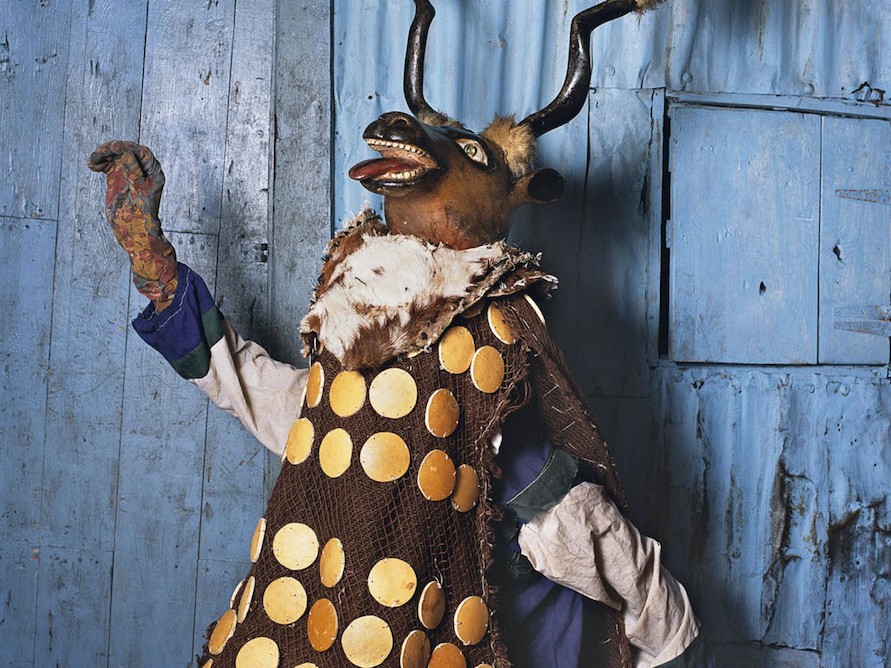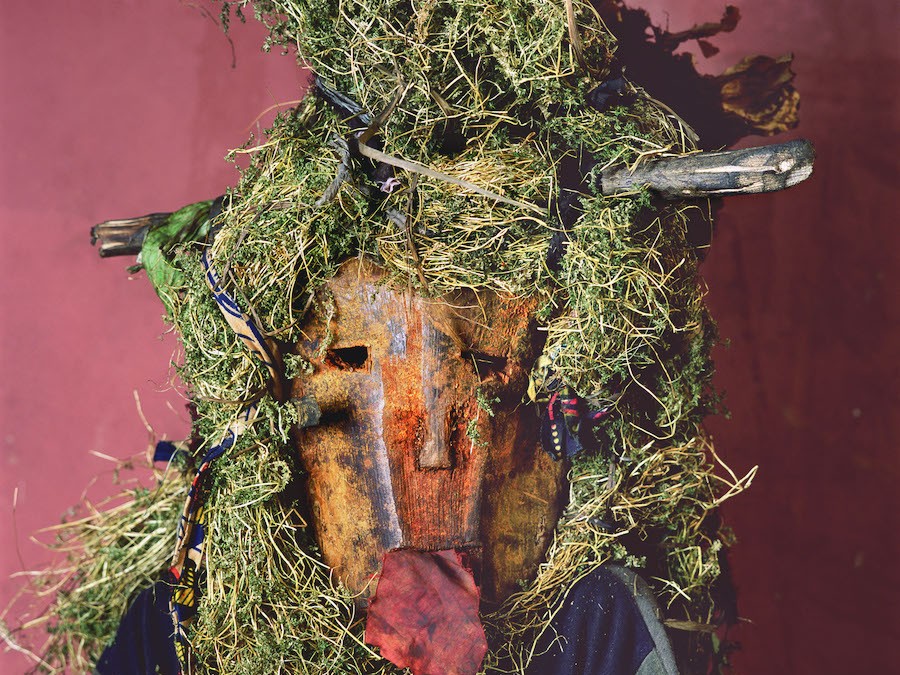Share this!
Nelson Mandela's Early Life To Incarceration
Early Life and Upbringing
Nelson Mandela wasn’t always Nelson Mandela. The iconic anti-apartheid revolutionary and later, president of South Africa, was known in his childhood as Rolihlahla, literally meaning “pulling the branch of a tree.” Colloquially, it means “troublemaker.”
Madiba, which most people used to refer to him in later years, was Mandela’s Xhosa clan name.
Mandela was born on July 18, 1918, in the small village of Mvezo in South Africa’s Eastern Cape Province. His father was Nkosi Mphakanyiswa Gadla Mandela, chief of the village and counsellor to the Regent of Thembu (whose lands were an independent kingdom prior to British conquest). Mandela’s mother was Nonqaphi Nosekeni.
Rolihlahla spent much of his boyhood looking after sheep and calves in the fields of Qunu, the small village his family relocated to after his father was stripped of his chieftainship, land, and cattle as a result of his father’s disagreement with a white magistrate.
Mandela’s father believed that the minor dispute he had with the white magistrate did not fall under the jurisdiction of the latter so he refused to appear after a summon, a disobedience that earned Mandela’s father a charge of insubordination.
Like the rest of the boys in his village, Rolihlahla spent much of his time playing in the fields and looking after sheep and calves. At Qunu, his mother presided over three huts which were always full of children of extended relatives, all of whom he considered as brothers and sisters. African mores of the time dictated no distinction of relations, so his mother’s sister was his mother, his uncle’s son his brother.
Education
It was in the primary school of Qunu that Rolihlahla received his Christian name, Nelson, given by his teacher Ms. Mdingane. When asked in later years as to why this particular name, Mandela said he had no idea.
When Nelson was 12, his father died of tuberculosis, so his mother placed him under the care of his father’s cousin, Chief Jongintaba Dalindyeb, acting king of Thembu. As a result, Nelson became part of the royal family in the “Great Place” palace of Mqhekezweni. It was from them that he learned of his ancestors’ bravery during the wars of resistance.
At 16, Mandela was introduced to a more Western style of education when he was enrolled at Clarkebury and where he received his Junior Certificate. He was 19 years old when he moved to the Methodist Healdtown Boarding School to complete his secondary education.
Mandela was to complete a Bachelor of Arts degree at the University College of Fort Hare. He was, however, expelled for taking part in a student protest against the quality of food.
Mandela preferred to run away to Johannesburg and worked there as a mine security officer after Chief Dalindyeb threatened him with an arranged wife. It was in Johannesburg where he met Walter Sisulu who would go on to become his political mentor, lifelong friend and closest political confidante (and cousin-in-law, when he married Sisulu’s cousin, Evelyn Mase).
It was also Sisulu who would introduce Mandela to Lazer Sidelsky, which paved the way for him to work as an articled clerk (someone training to be a lawyer or accountant) through the firm Eidelman, Witkin, and Sidelsky.
Through long-distance correspondence, Mandela was able to finish his Bachelor of Arts degree from Fort Hare University. (He went back there in 1943 for his graduation.) After completing it and while still working at the firm, he enrolled at the University of Witwatersrand (‘Wits’) for a BA degree in law.
But because most of his time was devoted to politics, Mandela failed his final year at Witwatersrand despite attempting to do so three times. He wasn’t conferred a degree but had a two-year diploma in law that allowed him to practice and set up a law firm with Oliver Tambo.
Early Political Involvement
It was at the ‘Wits’ that Mandela would meet and befriend personalities who would later on become important leaders in mass-based and militant organizations. On joining the African National Congress, Mandela was increasingly influenced by Sisulu, which eventually culminated in Mandela helping establish the ANC Youth League. It was at this time that he married Sisulu’s cousin Evelyn, a nurse, who he had four children with. They would later divorce in 1958.
The driving force behind the ANC Youth League was in part fueled by Mandela’s, Sisulu’s and others’ dissatisfaction about the ANC’s policy of appeasement. Mandela and company believed that it was time for ANC to change tactics and become a more militant organization, and drafted what came to be known as the Programme of Action that guided ANC’s future resistance movements.
By 1948, new segregation laws made it more necessary for the ANCYL to enforce the Programme of Action. When the ANC was led by a liberal leadership, they thought they could wring concessions from the white government through the use of persuasion. The ANC, however, evolved into a militant liberation movement ready to embark on mass action, strikes, boycotts, civil disobedience and other forms of non-violent resistance.
Imprisonment
Mandela and Tambo’s first African-run legal partnership in South Africa defended hundreds of people aggrieved by apartheid laws. The success of his practice, coupled with his active involvement with ANC and ANC’s Joint Defiance Campaign Against Unjust Laws collaboration with Indian and communist groups, placed Mandela on trial in July 1952 for “statutory communism” under the Suppression of Communism Act. He was found guilty and given a nine month-sentence of hard labor.
In February 1955, Mandela took part in an unsuccessful protest to stop the forced relocation of all black residents from a Johannesburg suburb. This defeat led Mandela to conclude that non-violent resistance will have to give way to violent action if apartheid and white minority rule were to end. With this change in strategy, the ANC leadership reached out to China in the hopes of securing weapons. The Chinese refused.
The Treason Trial of 1956 that would drag on for close to five years came in the heels of a countrywide police raid in December 1955. Mandela, along with most of the ANC leaders, was arrested and charged with “high treason against the state.” Charges were periodically withdrawn against some of the accused until only a few remain. Finally, in March 1961, the remaining accused, including Mandela, were found not guilty and subsequently discharged.
A few years before the end of this trial, Mandela married Winifred Madikizela, a social worker from Transkei who was 16 years his junior.
Mandela promptly went underground after he was acquitted in the Treason Trial. He used this time to organize strikes, make speeches, and travel abroad (under a pseudonym) to address audiences sympathetic to the Pan-African Freedom Movement. It was also during these trips that he acquired guerilla training and met with heads of opposition parties in Britain.
On his return to South Africa, he was stopped and arrested on August 5, 1962 as he was driving back from Durban to Johannesburg disguised as a driver of a white friend. He was charged with incitement and leaving the country illegally. The sentence for five years’ imprisonment came in November 1962. Mandela served the first seven months of his sentence at Pretoria Central Prison before his transfer to Robben Island.
While Mandela was in Robben Island Prison, the police raided underground safe houses belonging to the South African Communist Party in July 1963, uncovering documents related to making explosives, copies of documents laying out the requirements and the stages for launching a guerilla war, and Mandela’s journal of his African tour.
From Robben Island, Mandela was brought to the Pretoria Supreme Court in October 1963 to stand trial, together with Walter Sisulu and others who were captured during the police raid in Rivonia, on charges of conspiracy to overthrow the state, sabotage, and assisting a foreign country in the armed invasion of South Africa.
Anticipating that he might be executed, Mandela delivered what came to be known as the Rivonia Trial Speech in which he reaffirmed his determination to uphold a free and democratic society where everyone enjoys equal opportunities without domination by anyone, either by black or white. “It is,” he said, “an ideal for which I am prepared to die.”
Mandela and his comrades were sentenced to life imprisonment on June 12, 1964. That very night, they were flown to Robben Island Prison by a military plane. Mandela, who was Prisoner 46664 (the 466th prisoner to come to the island in 1964), was imprisoned in Robben Island until April 1982 when he, along with other senior ANC leaders, was transferred to Pollsmoor Prison in Cape Town in an attempt to remove their influence on younger activists. In August 1988, he became sick and had to be taken to a Cape Town state hospital for the treatment of his tuberculosis.
His treatment continued until December of that year, after which he was moved to the relative comfort of a house inside the grounds of Victor Verster Prison. There he stayed and gradually negotiated for his release until he finally came out on February 11, 1990, after 27 years of incarceration.






